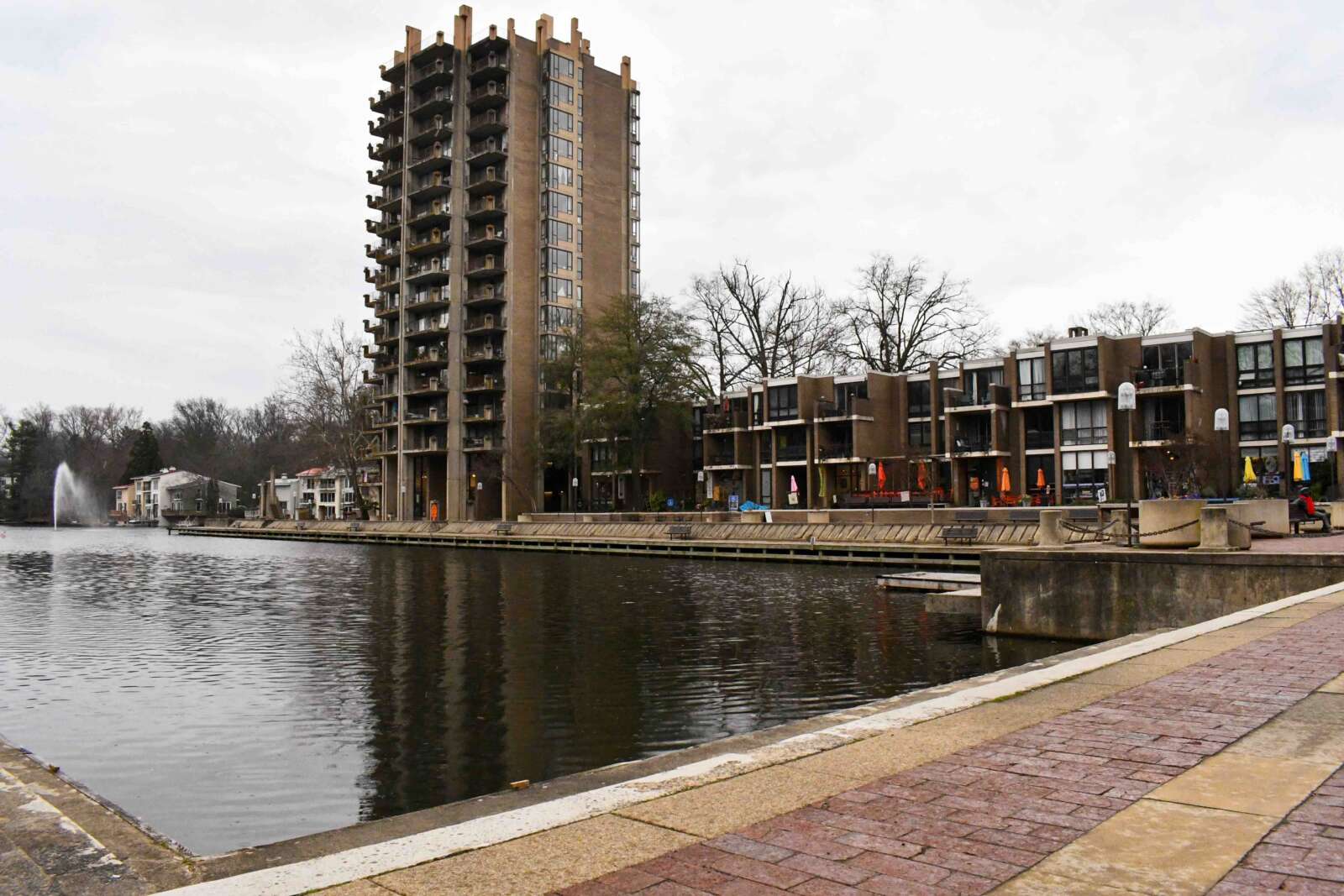 This op-ed was submitted by Doug Britt, who was honored as a 2019 Volunteers of the Year for his efforts to guide Reston into becoming a member of the Biophilic Cities Network. Mr. Britt is a Virginia Master Naturalist and currently serves as an At-Large Director of Reston Association and is a member of RA’s Environmental Advisory Committee.
This op-ed was submitted by Doug Britt, who was honored as a 2019 Volunteers of the Year for his efforts to guide Reston into becoming a member of the Biophilic Cities Network. Mr. Britt is a Virginia Master Naturalist and currently serves as an At-Large Director of Reston Association and is a member of RA’s Environmental Advisory Committee.
For years golf courses have been stereotyped as environmentally unfriendly amenities. But times are changing the way they are being managed. Overall Virginia has 37,000 acres of open space devoted to golf courses, and many of them are providing valuable wildlife habitats in otherwise urban settings. Reston’s two courses are prime examples. Deer, fox, groundhogs, chipmunks, and grey squirrels are often observed during daylight hours. More secretive or nocturnal mammals such as voles, mice, flying squirrels, coyotes, possums, raccoons, and skunks use the wooded margins of the roughs during the late evening hours. The golf course ponds harbor various species of turtles, frogs, toads, and salamanders. Birdwatching around the golf course margins can be very productive: more than 100 bird species have been observed from the two Reston courses. A pair of red-tailed hawks have fledged several young at Hidden Creek Golf Course each of the past several years, bald eagles occasionally stop over, and the peregrine falcons that nest at Town Center are occasionally seen hunting along the fairways. Bluebird populations around the courses have been increasing and Hidden Creek Country Club is the only community nesting site in Reston for purple martins.
More and more courses in Virginia are applying best management principles to reduce chemical applications and to minimize irrigation needs. For example, the Virginia Golf Course Supervisors Association (VGCSA) established a Golf Course Nutrient Management Plan in 2017 designed to minimize fertilizer, herbicide, and pesticide use. This year approximately 99% of Virginia golf courses have adopted this Plan. Most Virginia golf course supervisors are also using a comprehensive “Environmental Best Practices for Virginia Golf Courses Manual”. Audubon International has initiated a certified Cooperative Sanctuary Program for golf courses, and 29 Virginia courses have so far met the rigorous standards for program certification, including Reston National Golf Course, which just received its re-certification.
Some Virginia courses have established “pollinator gardens” around their tee boxes to attract bees, butterflies, and hummingbirds. More than 50 individual butterflies comprising a dozen different species were observed feeding on flowers around a single tee box at River Bend Country Club this summer. Other Fairfax County courses are participating in the “Monarchs in the Rough” Program, where the host plants for monarch larvae are planted to attract these iconic butterflies. Other County courses are cooperating with the Virginia Bluebird Society to create blue bird trails (Kingsmill Golf Course reported that it had fledged more than 200 bluebird chicks on its three courses this year). Belle Haven Country Club in Alexandria has 6 on-site beehives to help pollination; moreover, they sell the honey produced in their pro-shop.
Heavily treed golf courses such as Hidden Creek also provide substantial environmental and human health benefits. The trees contribute significantly to carbon capture and storage, air pollution removal, oxygen production, stormwater retention and erosion control. They also are effective in lowering energy costs by cooling surrounding buildings in the summer and reducing wind chill in the winter. Research on the human physiological, psychological, and spiritual benefits of contact with nature (and urban forests in particular) are showing diverse positive effects, including reduced blood pressure and stress hormone levels, lowered obesity, and increased cognitive performance.
Proper turf management on golf courses also builds healthy soil microbial communities and encourages large earthworm populations that create biopores that oxygenate the soil and facilitate stormwater retention and groundwater recharge.
In 2018 Reston was designated a member of the prestigious Biophilic Cities Network – a network of progressive cities around the world that purposefully connect their residents with nature in significant and extraordinary ways. Reston was clearly designed to do just that by its founder’s (Robert E. Simon’s) guiding principles, its 55 miles of walking, hiking, and biking paths, and its 1300 acres of open space and natural areas. Reston’s golf courses have the potential, if managed wisely, to be very valuable environmental assets. They should be another extension of the way Reston connects its people with nature where they live, work, and play.
Photo by Reston Association





